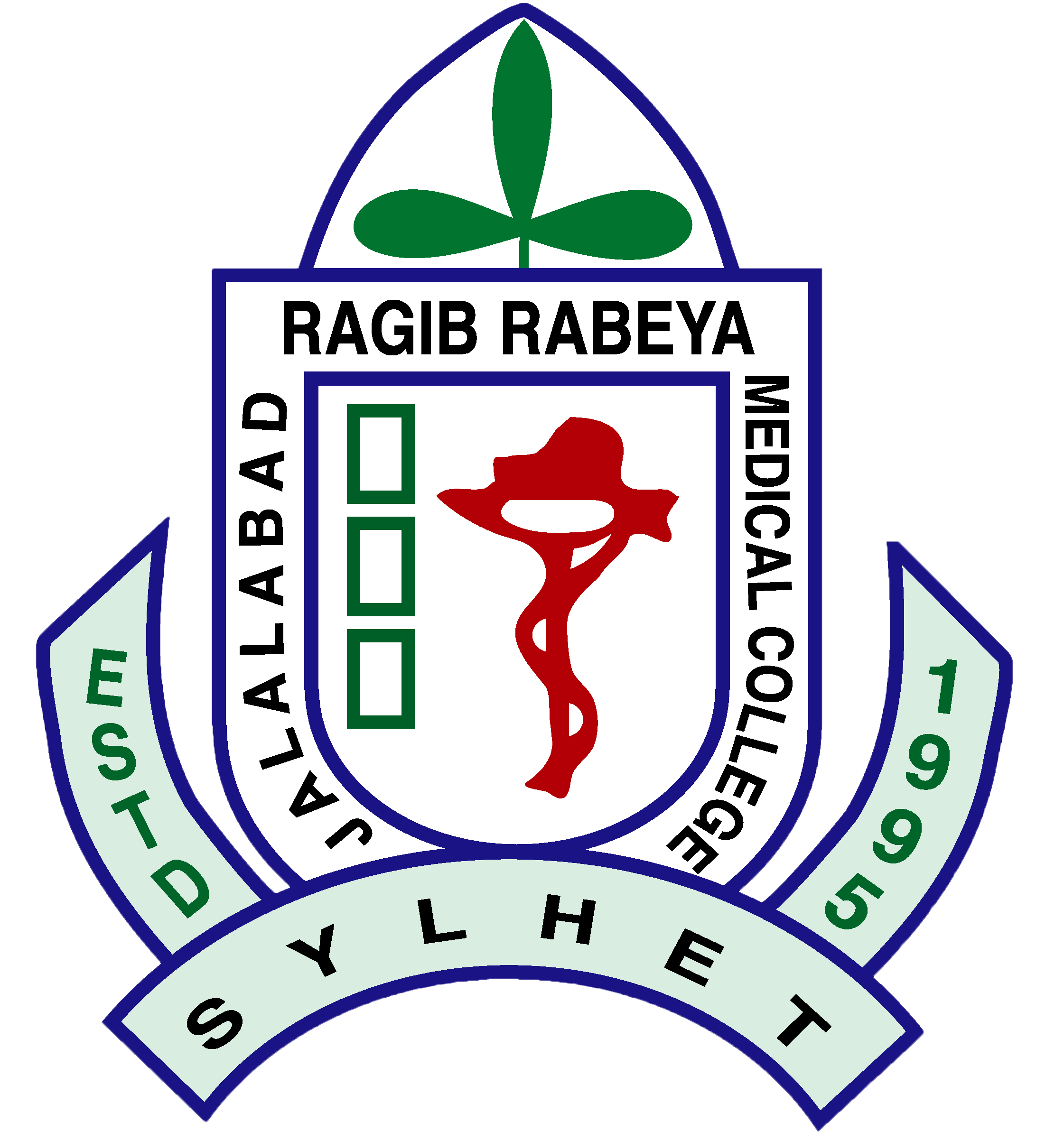

Title : Evaluation of Thyroid Function in Women of Reproductive Age with Menstrual Abnormalities |
|
|---|---|
| Published by -Jalalabad Medical Journal | PDF Page : 19-22 |
| DOI : | |
Thyroid hormones play a key role in the menstrual and reproductive function of women. Menstrual abnormalities may accompany alterations in thyroid function. This cross-sectional observational study was conducted in both inpatient and outpatient department of Obstetrics and Gynaecology, Jalalabad Ragib-Rabeya Medical College Hospital, Sylhet during the period from July 2012 to December 2012 to evaluate thyroid function in women of reproductive age with menstrual abnormalities. For this purpose fifty women of reproductive age with menstrual abnormalities were selected purposively. Serum free triiodothyronine (FT3), free thyroxine (FT4) and thyroid stimulating hormone (TSH) levels were measured. The result showed that, the mean age was 32.62±8.74 years. The most common menstrual disorder was menorrhagia (68%) followed by oligomenorrhoea (16%), polymenorrhagia (14%) and hypomenorrhoea (2%). The mean FT3 was 0.44±0.34 ng/dl in menorrhagia, 1.15±0.94 ng/dl in oligomenorrhoea and 0.41±0.23 ng/dl in polymenorrhagia (p=0.001). The mean FT4 was 1.81±0.66 ng/dl in menorrhagia, 6.14±3.21 ng/dl in oligomenorrhoea and 1.45±0.72 ng/dl in polymenorrhagia (p=0.001). The mean TSH was 8.28±8.74 µlU/ml in menorrhagia, 1.52±2.84 µlU/ml in oligomenorrhoea and 24.86±17.88 µlU/ml in polymenorrhagia (p=0.001). So menorrhagia was found as the commonest menstrual disturbance followed by oligomenorrhoea and polymenorrhagia. So hypothyroidism markedly influences the type of menstrual abnormalities.
Key words: Thyroid function, Menstrual abnormalities, Menorrhagia, Oligomenorrhoea.